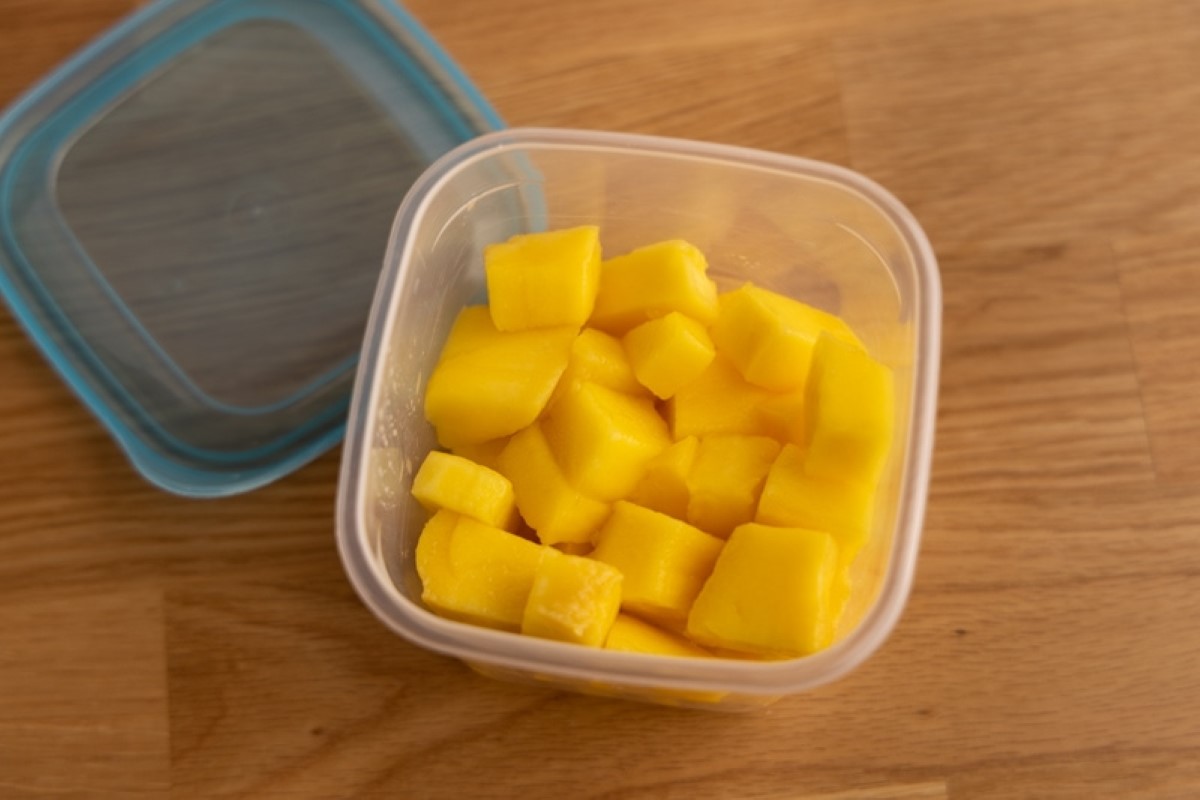

Articles
How To Store A Cut Mango
Modified: January 7, 2024
Learn the best way to store a cut mango in this informative article. Discover expert tips and tricks to keep your mango fresh and delicious for longer.
(Many of the links in this article redirect to a specific reviewed product. Your purchase of these products through affiliate links helps to generate commission for Storables.com, at no extra cost. Learn more)
Introduction
Mangoes are one of the most delicious and popular fruits around the world. Their sweet and juicy flesh is a delight to eat, whether enjoyed on its own, added to salads, or used in various recipes. However, once you’ve cut into a mango, you may find yourself wondering how to store the remaining fruit to keep it fresh and flavorful for as long as possible.
Storing cut mangoes properly is essential not only to preserve their taste and texture but also to ensure food safety. When exposed to air, cut mangoes are prone to oxidation, which can cause them to spoil quickly and lead to a loss of their desirable qualities. By following the right storage methods, you can extend the shelf life of your cut mangoes and enjoy their deliciousness for days to come.
In this article, we will explore various methods for storing cut mangoes, such as refrigeration, freezing, and dehydrating. We will also provide tips and tricks to increase the longevity of your cut mangoes and prevent them from becoming mushy or losing their flavor.
Key Takeaways:
- Properly storing cut mangoes through refrigeration, freezing, or dehydrating methods can extend their shelf life, allowing you to enjoy the deliciousness of mangoes for an extended period, minimizing waste and ensuring convenience in the kitchen.
- Choosing the right storage container, handling with clean hands, and following key tips such as avoiding excess moisture and checking for spoilage are essential for maximizing the freshness and longevity of cut mangoes, ensuring minimal waste and optimal enjoyment.
Read more: How To Store Mango After Cut
Why Storing Cut Mangoes is Important
Storing cut mangoes properly is crucial for several reasons. Firstly, it helps to maintain the freshness and flavor of the fruit. When a mango is cut open, the exposed flesh is vulnerable to air, which can cause it to lose moisture and become dry. By storing cut mangoes appropriately, you can prevent this dehydration and keep the fruit juicy and succulent.
Secondly, storing cut mangoes helps to prevent the growth of harmful bacteria. As with any cut fruit, mangoes can be a breeding ground for bacteria if not handled and stored correctly. Bacteria thrive in warm and moist environments, which is why it’s important to store cut mangoes in a clean and controlled environment to minimize the risk of contamination.
Another reason to store cut mangoes properly is to minimize wastage. Mangoes are often bought in bulk or enjoyed during the fruit’s peak season when they are abundant and reasonably priced. By properly storing cut mangoes, you can enjoy their goodness over a more extended period, reducing the chances of throwing away overripe or spoiled fruit.
Finally, storing cut mangoes allows you to conveniently incorporate them into various recipes. Having pre-cut mangoes readily available in the fridge or freezer can save you time and effort when preparing smoothies, desserts, or savory dishes. It also allows you to enjoy the taste of fresh mangoes even when they are out of season.
Overall, properly storing cut mangoes is essential to maintain their freshness, prevent bacterial growth, minimize wastage, and ensure convenience in the kitchen. By following the appropriate storage methods, you can prolong the life of cut mangoes and continue to savor their delightful taste.
Preparing the Mango
Before diving into the various methods of storing cut mangoes, it is important to know how to properly prepare the mango in order to get the best results. Here are the steps to prepare a mango for storage:
- Choose a ripe mango: Select a mango that is ripe but not overly soft. Look for a mango that has a slight give when gently squeezed in your hand.
- Wash the mango: Rinse the mango under cool running water to remove any dirt or debris from the skin. Use a clean produce brush to scrub the surface gently.
- Peel the mango: Use a sharp knife to cut off the top and bottom of the mango. Then, carefully peel the skin away, following the contour of the fruit.
- Remove the pit: Hold the peeled mango upright and slice vertically along the sides of the pit, separating the flesh from the stone. Repeat on the other side. You can also score the flesh in a crisscross pattern and then scoop out the mango cubes with a spoon.
- Trim any remaining flesh: Use a paring knife to remove any remaining fruit clinging to the pit or on the skin.
- Cut into desired pieces: Depending on your preference and intended use, you can further dice, slice, or cube the mango flesh into desired pieces.
Once you have prepared the mango, it is ready for storage using one of the methods outlined below.
Remember to work on a clean and sanitized surface while preparing the mango to maintain food safety. Wash your hands thoroughly before and after handling the fruit to prevent any cross-contamination.
Choosing a Storage Container
When it comes to storing cut mangoes, selecting the right storage container is just as important as the method of storage itself. The container you choose should provide optimal conditions to keep the mangoes fresh and prevent them from spoilage. Here are some factors to consider when selecting a storage container:
- Airtight: The container should have an airtight seal to prevent air from entering and causing the cut mangoes to oxidize and deteriorate quickly. This helps to maintain their freshness, flavor, and texture for a longer period.
- BPA-free: Opt for containers that are free from Bisphenol A (BPA) – a harmful chemical commonly found in certain plastics. BPA can leach into food and have potential health risks, so it is best to choose BPA-free containers for storing cut mangoes.
- Transparent: It is beneficial to select a transparent or clear container that allows you to easily see the contents inside. This helps to monitor the condition of the mangoes without having to open the container, reducing unnecessary exposure to air.
- Size and Shape: Consider the size and shape of the container based on the quantity of cut mangoes you intend to store. Ensure there is enough space to accommodate the mango pieces without overcrowding, as this can cause them to become squished and lose their shape.
- Durable and Reusable: Look for containers that are durable and can be reused multiple times. This is not only more sustainable but also cost-effective in the long run.
There are various options for storage containers that meet these criteria. Glass containers with airtight lids, such as mason jars or glass food storage containers, are an excellent choice. They are safe, non-reactive, and allow you to see the mangoes inside. Alternatively, you can opt for high-quality plastic containers that are specifically labeled BPA-free.
Remember to clean and sanitize the storage container before using it to store the cut mangoes. This helps to remove any lingering residues or odors that may affect the freshness of the fruit.
By choosing the right storage container, you can ensure optimal conditions for preserving the cut mangoes and extend their shelf life.
Methods for Storing Cut Mangoes
There are several methods you can utilize to store cut mangoes, each offering its own benefits and considerations. Here are three popular methods:
- Method 1: Refrigerating Cut Mangoes
- Place the cut mango pieces in an airtight container or wrap them tightly in food-grade plastic wrap.
- Ensure the mangoes are arranged in a single layer and not stacked on top of each other to avoid crushing or bruising.
- Label the container with the date to keep track of freshness.
- Store the container in the refrigerator at a temperature between 32°F and 40°F (0°C and 4°C).
- Stored properly, cut mangoes can stay fresh in the refrigerator for up to 3-4 days.
- Method 2: Freezing Cut Mangoes
- Place the mango pieces in a single layer on a baking sheet lined with parchment paper.
- Make sure the mango pieces are not touching each other, allowing them to freeze individually.
- Put the baking sheet in the freezer and let the mangoes freeze for about 2-3 hours or until they become firm.
- Transfer the frozen mangoes into an airtight container or freezer-safe bag.
- Label the container with the date and store it in the freezer at 0°F (-18°C) or below.
- Frozen mangoes can retain their quality for up to 6 months.
- Method 3: Dehydrating Cut Mangoes
- Slice the mangoes into thin and even slices.
- Preheat a food dehydrator according to the manufacturer’s instructions.
- Arrange the mango slices on the dehydrator trays in a single layer, ensuring they do not overlap.
- Dehydrate the mangoes at a low temperature, typically around 135°F (57°C), for 8-12 hours or until they become dry and leathery.
- Once fully dehydrated, let the mangoes cool before storing them in an airtight container.
- Kept in a cool, dry place, dehydrated mangoes can last for several months.
Refrigeration is one of the simplest and most common methods for storing cut mangoes. Follow these steps:
Freezing cut mangoes is an excellent option if you want to extend their shelf life for a more extended period. Here’s how to freeze cut mangoes:
Dehydrating cut mangoes is a fantastic way to preserve their flavor and create a tasty and nutritious snack. Here’s how to dehydrate cut mangoes:
Choose the method that suits your preferences and the time you intend to store the cut mangoes. Whether you choose refrigeration, freezing, or dehydration, each method offers its unique advantages and allows you to enjoy the deliciousness of cut mangoes even when they are not in season.
After cutting a mango, store the leftover pieces in an airtight container in the refrigerator for up to 4 days. You can also freeze the pieces for longer storage.
Read more: How To Cut A Mango With Seed
Method 1: Refrigerating Cut Mangoes
Refrigeration is a popular and straightforward method for storing cut mangoes. Proper refrigeration helps to slow down the ripening process and keep the fruit fresh for a few more days. Here’s how to refrigerate cut mangoes:
- Place the cut mango pieces in an airtight container or wrap them tightly in food-grade plastic wrap. This helps to prevent the mangoes from drying out and absorbing odors from other foods in the refrigerator.
- Ensure the mangoes are arranged in a single layer inside the container. Avoid stacking or overcrowding the pieces, as this can lead to squishing and bruising.
- Label the container with the date. This allows you to keep track of the mangoes’ freshness and know when it’s time to consume them.
- Store the container in the refrigerator at a temperature between 32°F and 40°F (0°C and 4°C). This temperature range helps to maintain the quality of the mangoes and prevent them from spoiling too quickly.
- Refrigerated cut mangoes can stay fresh for up to 3-4 days. It’s best to consume them within this timeframe to enjoy their optimal taste and texture.
It’s important to note that refrigeration may slightly alter the texture of the mango pieces, making them slightly softer than when they were freshly cut. However, the flavor should remain intact if stored properly.
If you find that your refrigerated mangoes have become a bit dry, you can sprinkle a small amount of water over them before storing or place a damp paper towel in the container to help maintain their moisture.
Refrigerated cut mangoes are perfect for adding to salads, blending into smoothies, or using as a topping for desserts. They offer a refreshing and convenient way to enjoy the sweetness and juiciness of mangoes, even when cut and stored.
Method 2: Freezing Cut Mangoes
Freezing cut mangoes is an excellent method for extending their shelf life and enjoying the taste of fresh mangoes even when they are out of season. Freezing helps preserve the texture, flavor, and nutritional value of the fruit. Here’s how to freeze cut mangoes:
- Start by selecting ripe but firm mangoes. Avoid overly ripe mangoes as they may become mushy when frozen.
- Peel the mangoes and remove the pits. Cut the mango flesh into desired shapes or cubes.
- Line a baking sheet with parchment paper. Arrange the mango pieces in a single layer on the baking sheet, making sure they are not touching each other. This prevents the mangoes from freezing together in a clump.
- Place the baking sheet with the mango pieces in the freezer. Let them freeze for about 2-3 hours or until they become firm.
- Once the mango pieces are frozen, transfer them into an airtight freezer-safe container or plastic bag. Squeeze out as much air as possible from the bag before sealing it to minimize freezer burn.
- Label the container or bag with the date of freezing. This allows you to keep track of the mangoes’ freshness.
- Store the frozen mangoes in the freezer at 0°F (-18°C) or below. The lower the temperature, the longer the mangoes will maintain their quality.
Frozen mangoes can remain good for up to 6 months if stored properly. However, for the best flavor and texture, it is recommended to consume them within 3-4 months.
When you’re ready to use the frozen mangoes, simply remove the desired amount from the container or bag and thaw them in the refrigerator or at room temperature. Thawed mangoes are perfect for smoothies, sorbets, or even added to baked goods.
Remember that frozen mangoes may become slightly softer after thawing, so they may not hold their shape as well as fresh mangoes. However, they still retain their delicious taste and can be enjoyed in various ways.
Freezing cut mangoes is a fantastic way to preserve the fruit’s freshness and ensure you always have a stash of mangoes on hand for your favorite recipes, even when they’re not in season.
Method 3: Dehydrating Cut Mangoes
Dehydrating cut mangoes is a wonderful method to preserve the fruit’s flavor and create a delicious, chewy snack. Dehydrated mangoes are also compact and easy to store, making them a great option for on-the-go snacking. Here’s how to dehydrate cut mangoes:
- Start by selecting ripe but slightly firm mangoes. Avoid overripe mangoes, as they tend to become too soft and difficult to handle during the dehydration process.
- Peel the mangoes and remove the pits. Slice the mango flesh into thin, even pieces. You can cut them into rounds, strips, or any desired shape.
- Preheat a food dehydrator according to the manufacturer’s instructions.
- Arrange the mango slices in a single layer on the dehydrator trays. Make sure the slices don’t overlap to allow proper air circulation and even drying.
- Place the trays in the food dehydrator and set the temperature to around 135°F (57°C). This low heat ensures gradual and thorough dehydration without damaging the mangoes’ natural flavors.
- Allow the mango slices to dehydrate for approximately 8-12 hours. The exact drying time may vary depending on the size and thickness of the slices, as well as the dehydrator model being used.
- The mangoes are ready when they are dry and leathery but still slightly pliable. They should not feel moist or sticky.
- Once fully dehydrated, remove the mango slices from the dehydrator and let them cool completely.
- Store the dehydrated mango slices in an airtight container or resealable bag. Make sure to squeeze out any excess air to prevent moisture absorption.
- Keep the container in a cool, dry place away from direct sunlight. Properly dehydrated mangoes can last for several months.
Dehydrated mangoes make for a nutritious and flavorful snack that can be enjoyed on their own or added to trail mixes, granola, or baked goods. They are also a great way to satisfy your sweet tooth without the need for added sugars.
Remember that homemade dehydrated mangoes may have a slightly different texture compared to store-bought ones. They may be chewier or have a different level of sweetness, as it depends on the ripeness of the mangoes and the drying time.
Dehydrating cut mangoes allows you to enjoy the tropical goodness of mangoes throughout the year, and it’s a great method to reduce waste and make the most out of your mango harvest.
Tips for Extending the Shelf Life of Cut Mangoes
To maximize the freshness and longevity of your cut mangoes, here are some helpful tips to follow:
- Handle with Clean Hands: Always wash your hands thoroughly with soap and water before handling mangoes. This helps prevent any potential contamination.
- Use Clean Cutting Tools: Ensure your cutting board and knife are clean and sanitized before cutting into the mangoes. This prevents the transfer of any bacteria or contaminants.
- Store Immediately: After cutting the mangoes, store them in the desired method of storage as soon as possible. The longer you wait, the more the fruit is exposed to air, leading to faster deterioration.
- Keep Away from Ethylene-Producing Fruits: Mangoes are sensitive to ethylene gas, which accelerates the ripening process. Keep cut mangoes away from fruits like apples, bananas, and tomatoes that release ethylene gas and can cause the mangoes to ripen too quickly.
- Avoid Excess Moisture: Make sure the mangoes are dry before storing them. Excess moisture can promote the growth of mold and speed up spoilage.
- Store in Small Portions: Instead of storing all the cut mangoes together, divide them into smaller portions. This allows you to take out only what you need, minimizing the exposure of the remaining fruit to air.
- Rotate Storage: If you have multiple containers of cut mangoes in the refrigerator or freezer, rotate their usage. This ensures that all the cut mangoes are consumed in a timely manner and prevents any from being forgotten and going to waste.
- Check for Spoilage: Before consuming or using the cut mangoes, inspect them for any signs of spoilage, such as mold, off smells, or unusual discoloration. If you notice any of these signs, discard the affected pieces immediately.
- Properly Seal Containers: When storing cut mangoes in containers, ensure they are sealed tightly and securely. This helps to maintain their freshness and prevent any odor or flavor absorption from other foods.
- Label and Date: Always label the storage containers with the date of storage to keep track of the mangoes’ freshness. This allows you to prioritize consuming the older batches first.
Following these tips will help you extend the shelf life of cut mangoes and ensure that they stay fresh and delicious for as long as possible. By handling, storing, and monitoring the mangoes properly, you can enjoy their delightful taste and nutritional benefits with minimal waste.
Read more: How To Store Mango
Conclusion
Storing cut mangoes properly is essential to maintain their freshness, flavor, and texture while preventing spoilage. By using the right storage methods and following key tips, you can extend the shelf life of cut mangoes and enjoy their deliciousness for longer periods.
Refrigeration is a common method for storing cut mangoes, allowing them to stay fresh for 3-4 days. Simply place the mango pieces in an airtight container and store them in the refrigerator at 32°F to 40°F (0°C to 4°C).
If you want to prolong the storage time, freezing cut mangoes is a great option. Slice the mangoes, freeze them on a baking sheet, and transfer them into an airtight container or freezer bag. When stored at 0°F (-18°C) or below, frozen mangoes can remain good for up to 6 months.
Dehydrating cut mangoes is another method that offers a unique and chewy snack. Slice the mangoes thinly, dehydrate them in a food dehydrator, and store them in an airtight container. Properly dehydrated mangoes can last for several months.
To maximize the shelf life of cut mangoes, follow a few additional tips. Handle the mangoes with clean hands and use clean cutting tools to prevent contamination. Keep the mangoes away from ethylene-producing fruits and avoid excess moisture. It’s also helpful to store the mangoes in small portions, rotate their storage, and check for any signs of spoilage before consumption.
In conclusion, with the right storage methods and proper handling, you can enjoy the delightful taste and nutritional benefits of cut mangoes for an extended period. Whether you choose refrigeration, freezing, or dehydrating, the key is to protect the mangoes from air, moisture, and contaminants. So, go ahead and enjoy the juicy goodness of cut mangoes throughout the year!
Frequently Asked Questions about How To Store A Cut Mango
Was this page helpful?
At Storables.com, we guarantee accurate and reliable information. Our content, validated by Expert Board Contributors, is crafted following stringent Editorial Policies. We're committed to providing you with well-researched, expert-backed insights for all your informational needs.
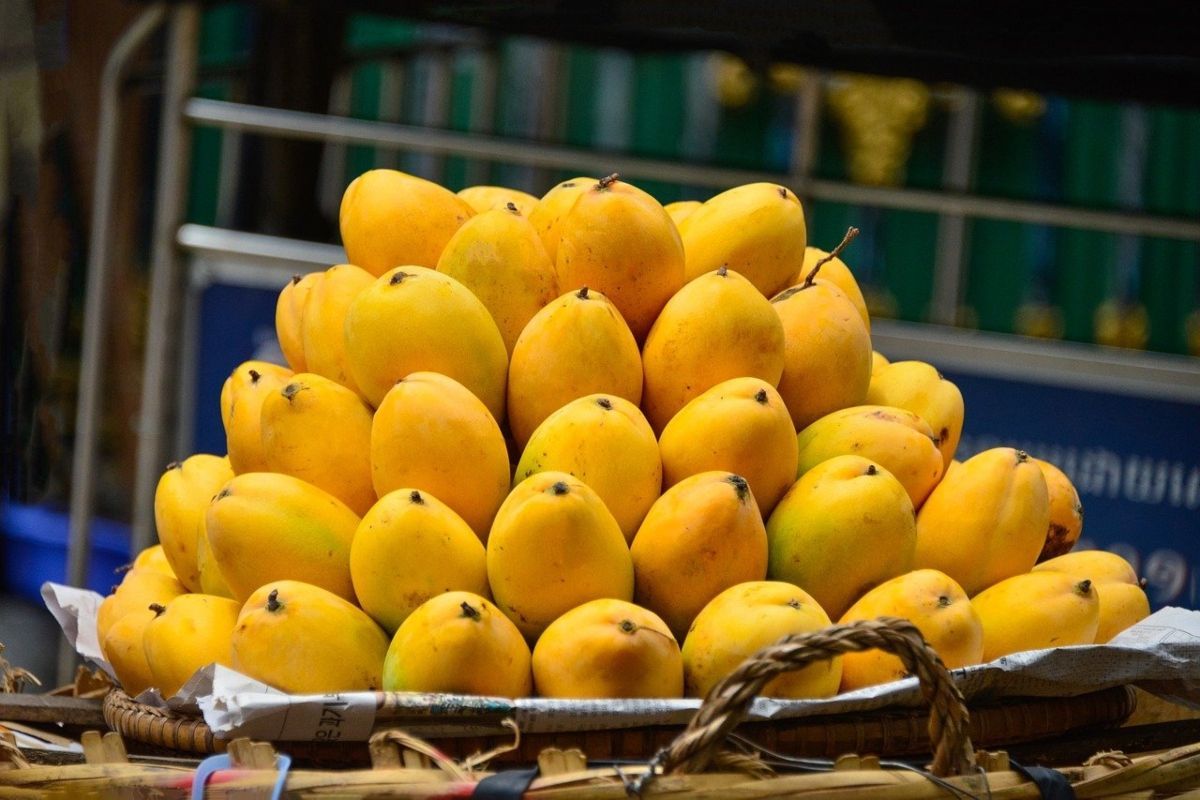
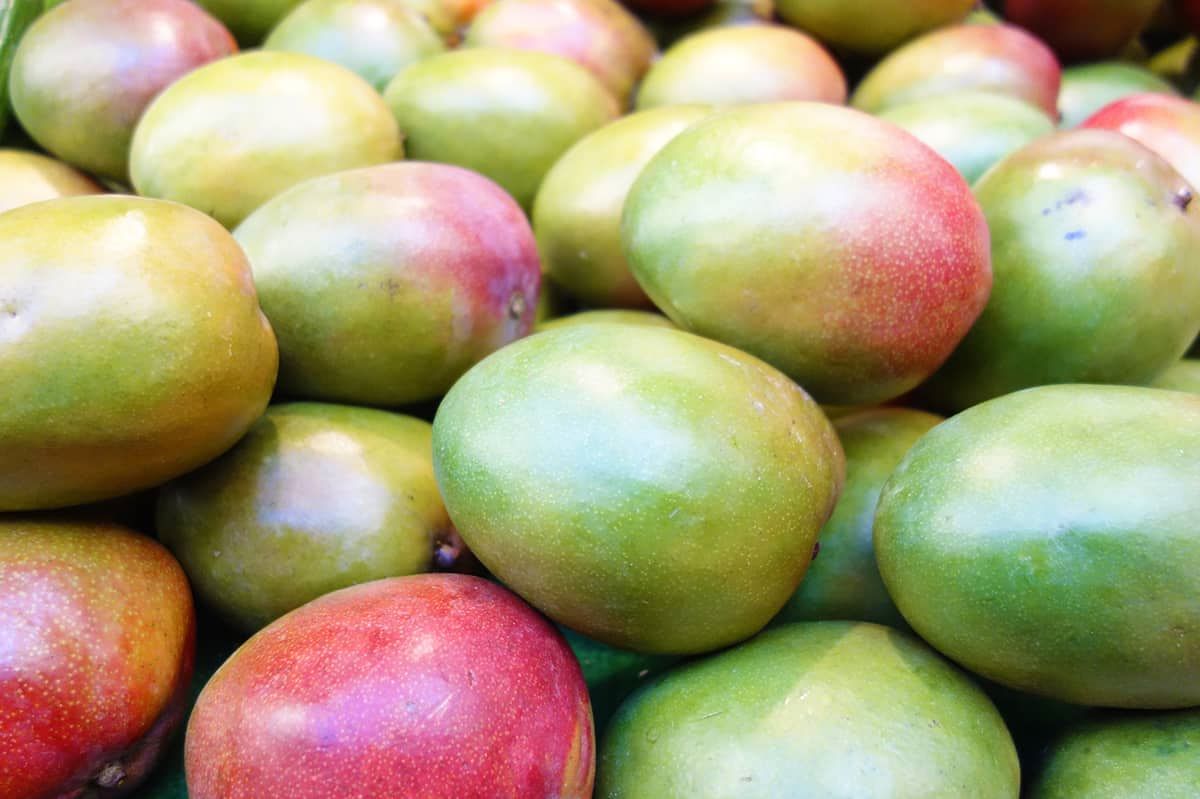
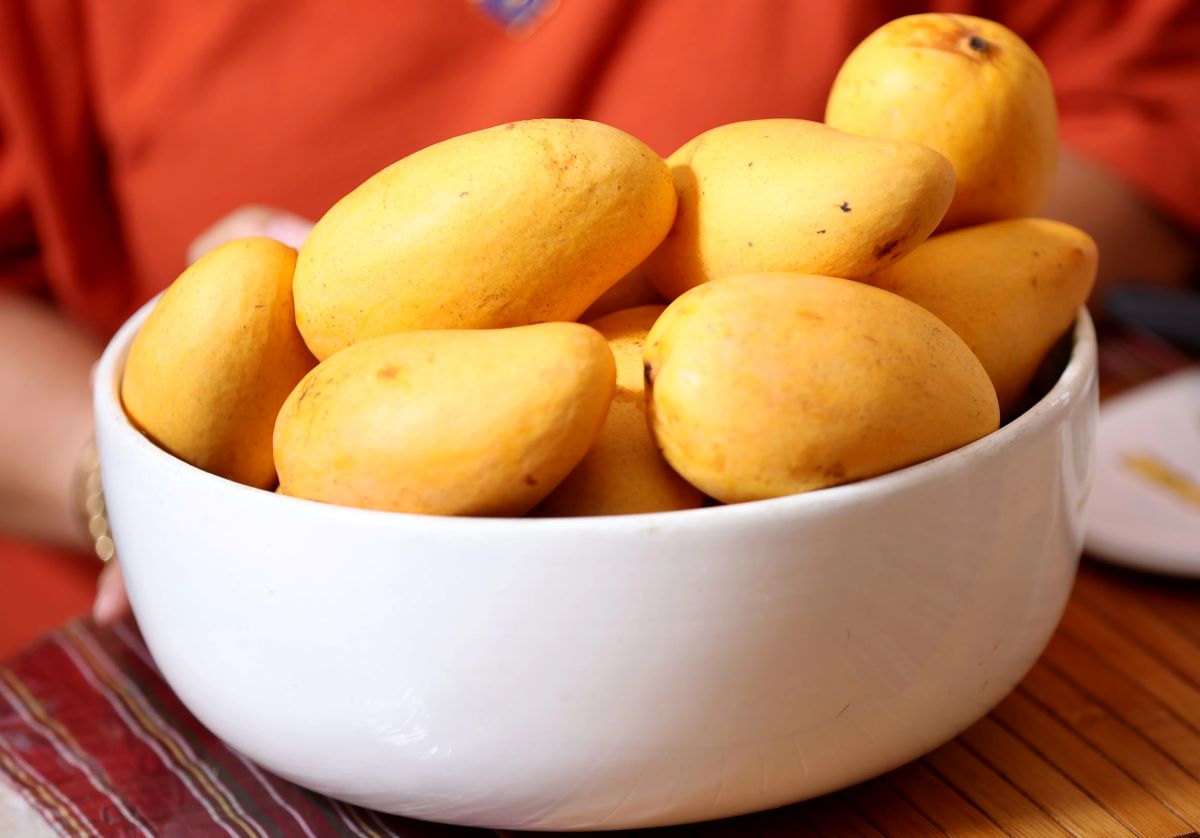
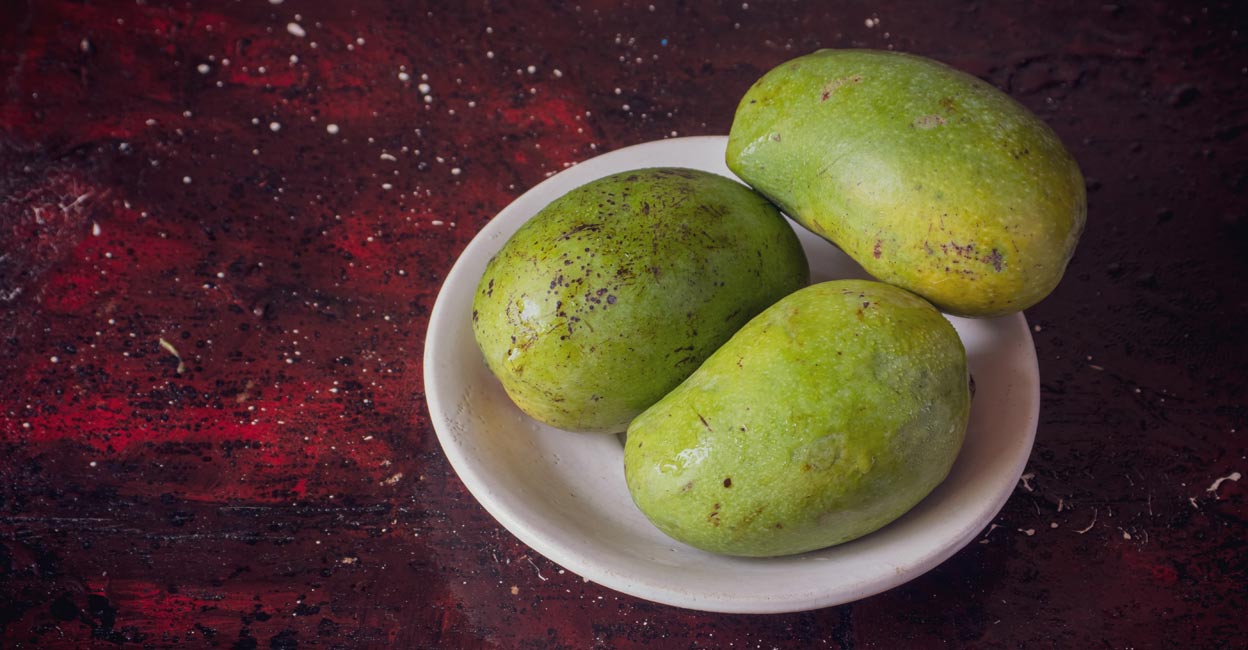
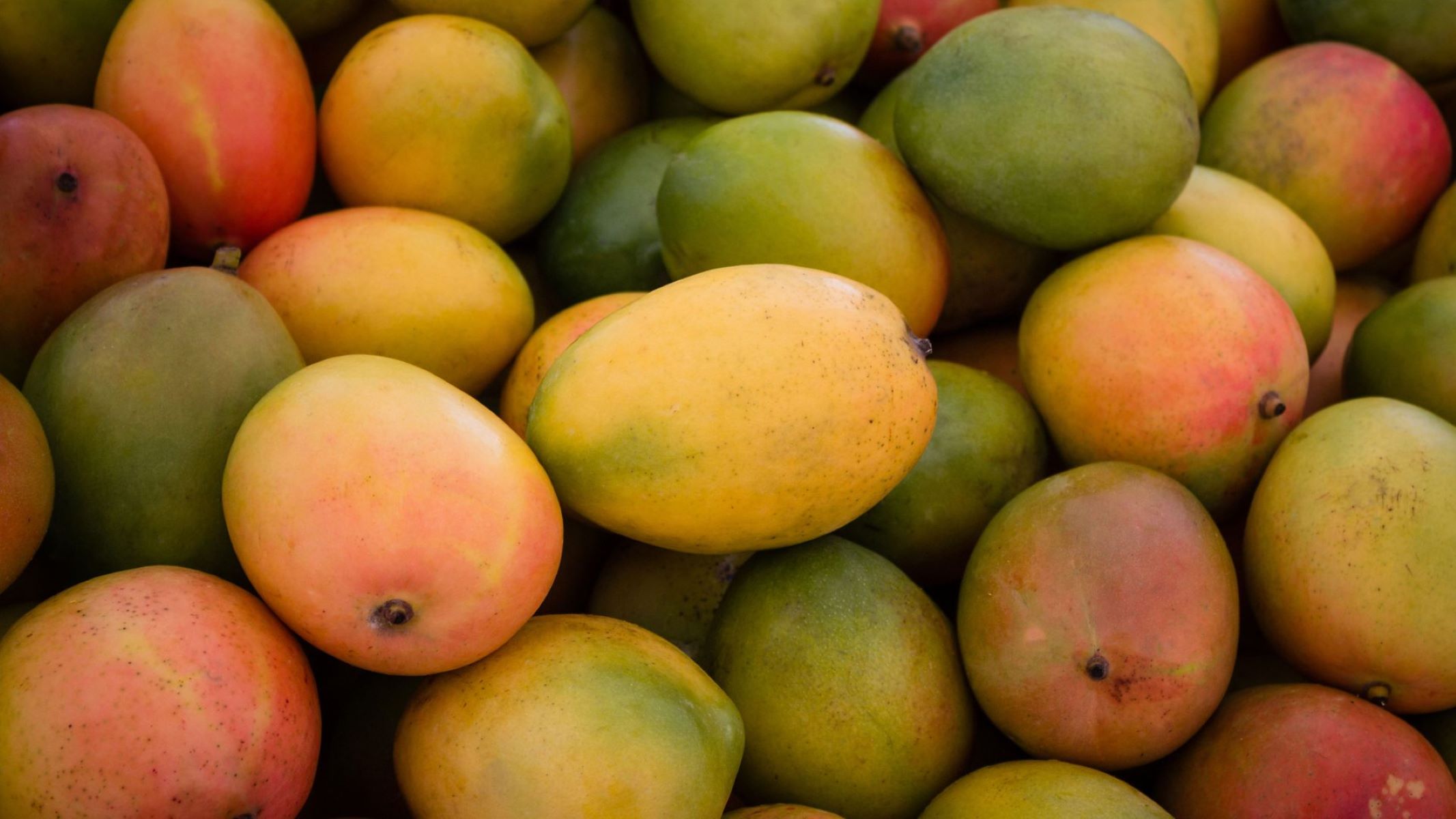
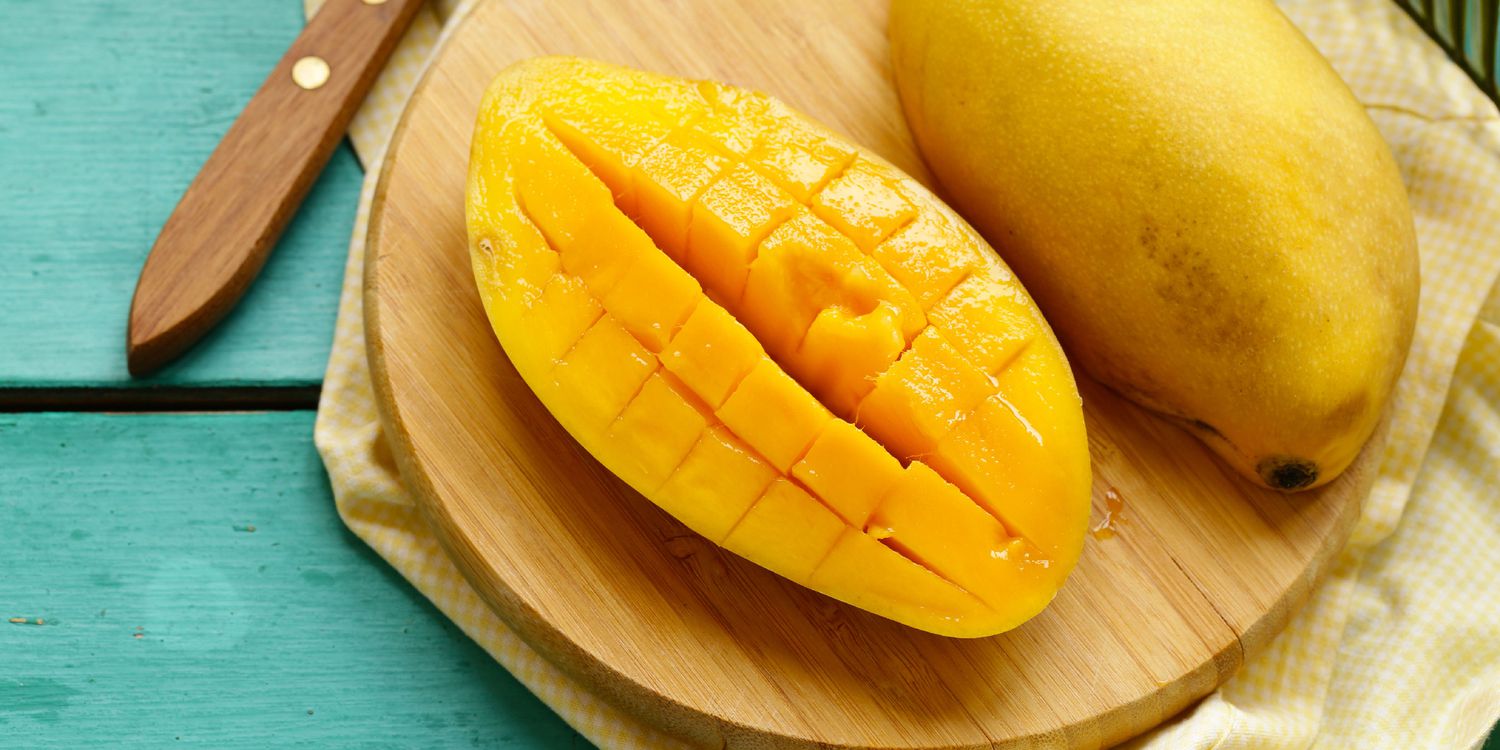
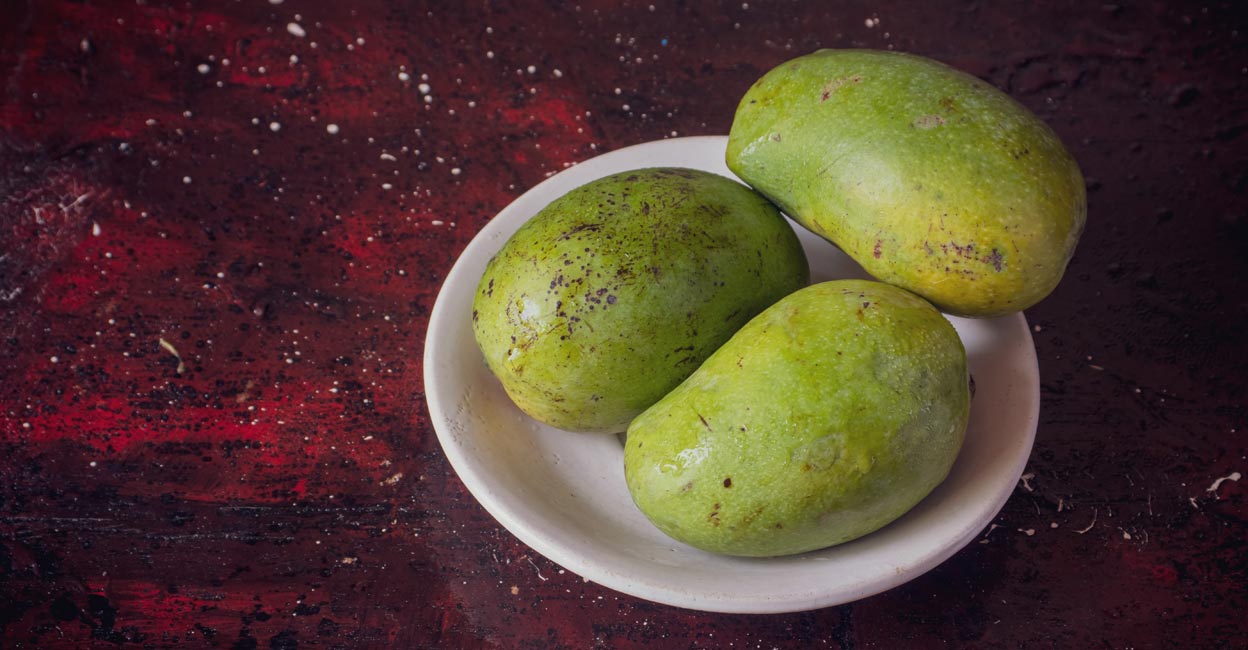
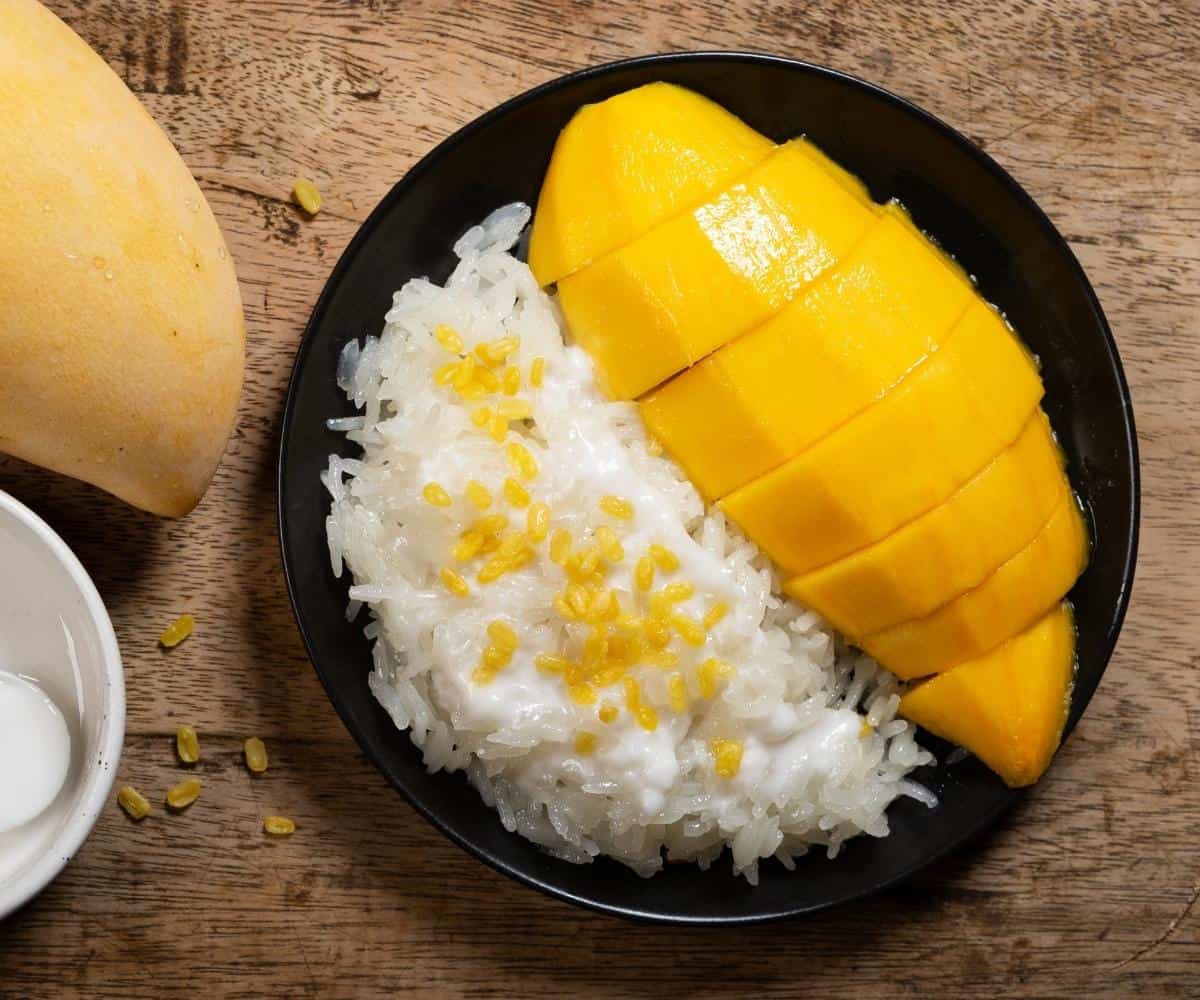
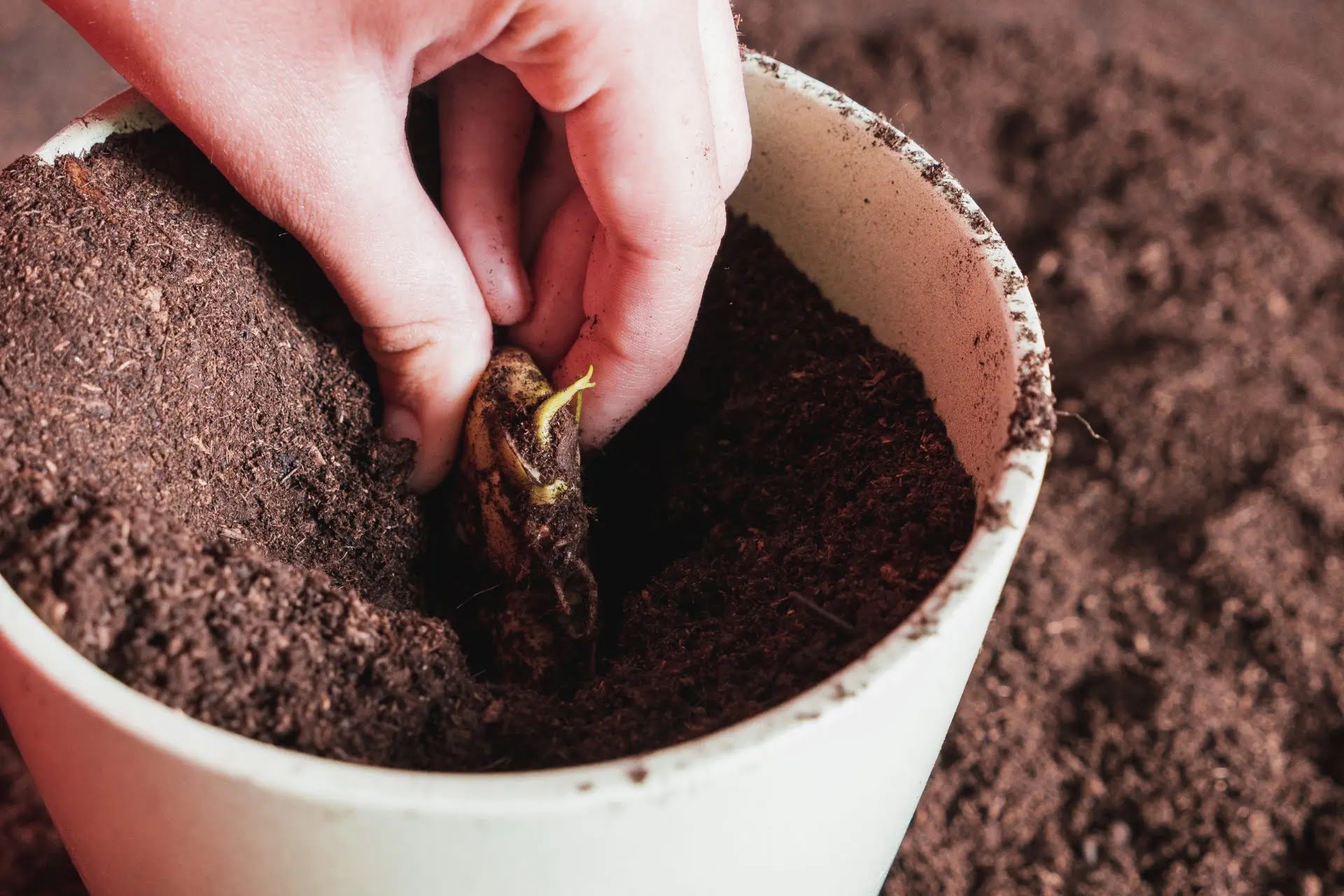

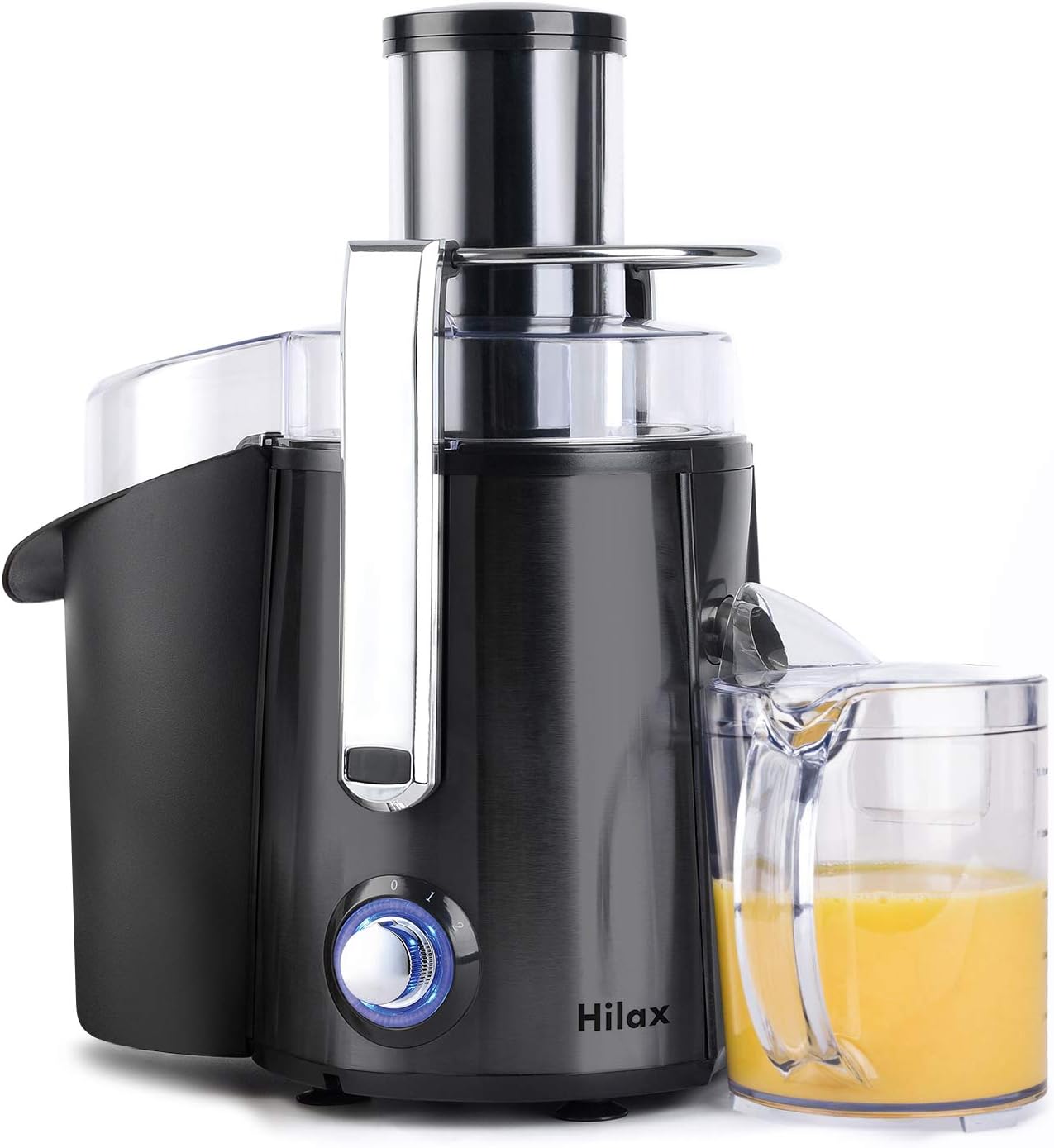
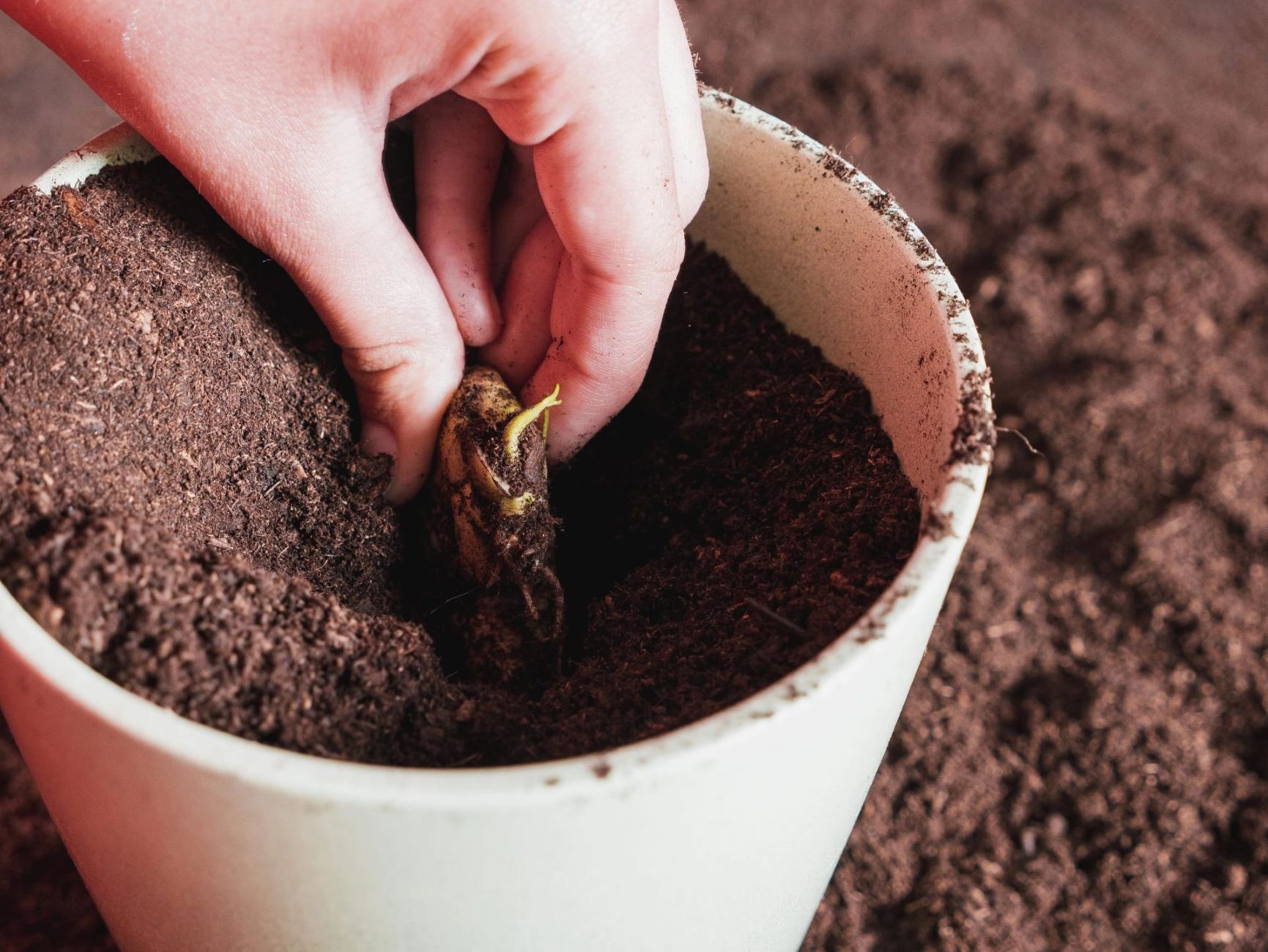
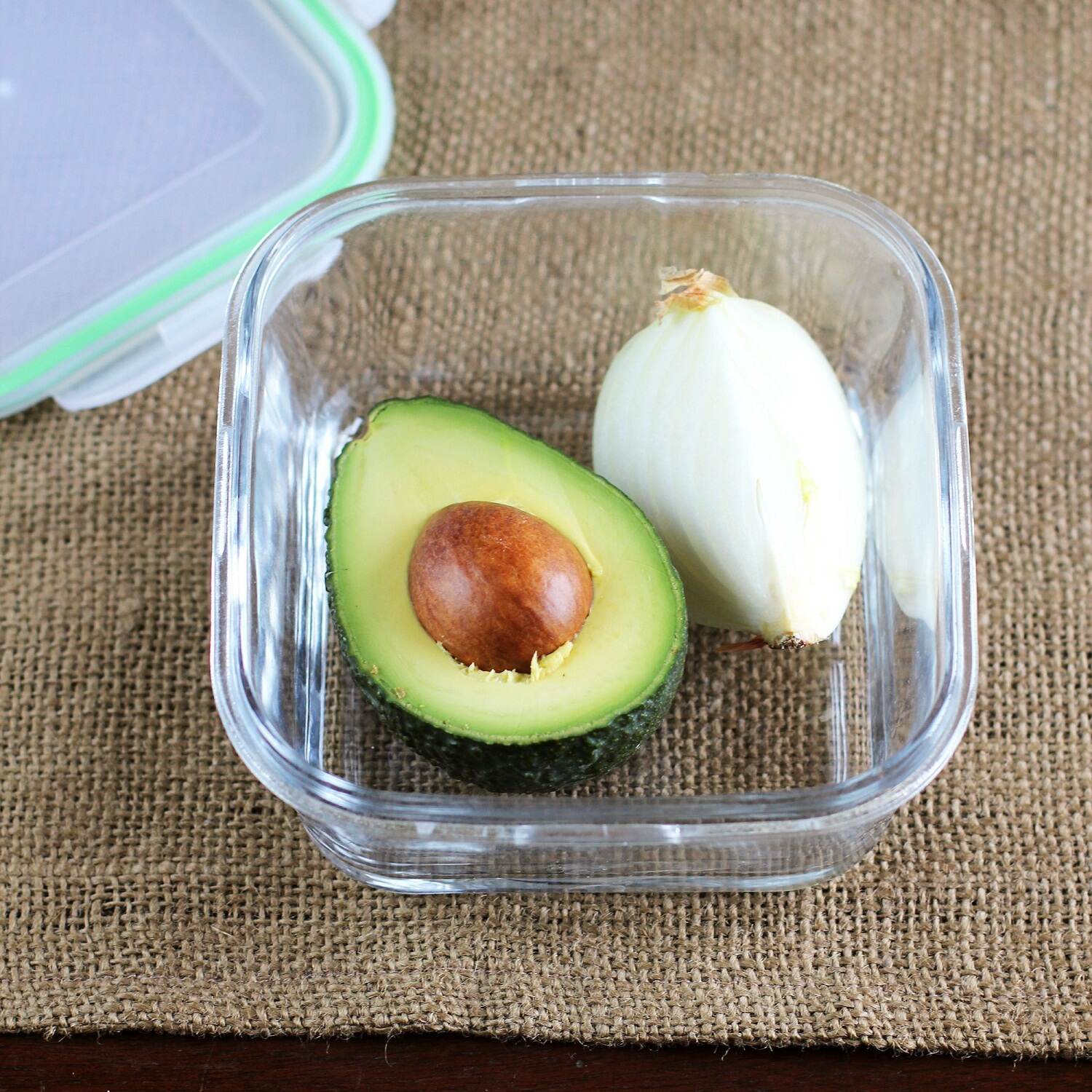

0 thoughts on “How To Store A Cut Mango”